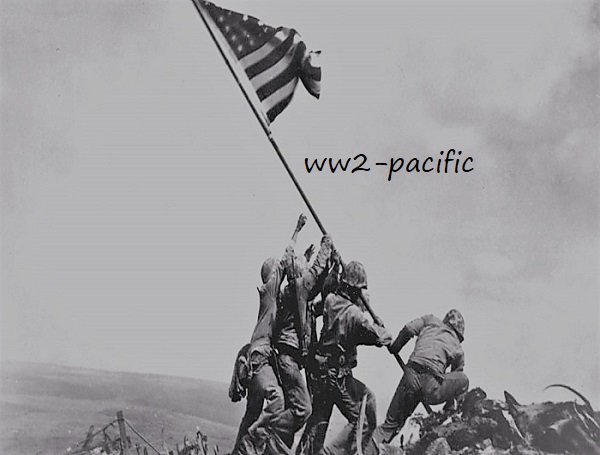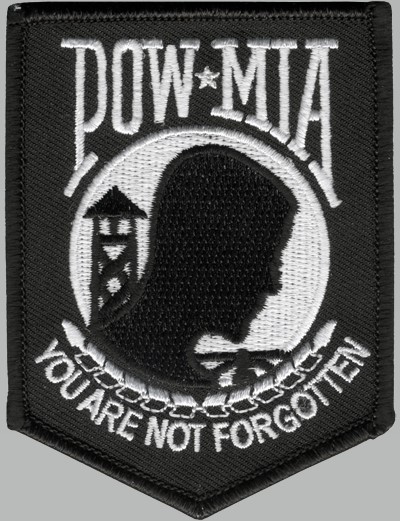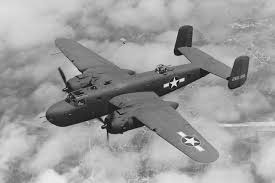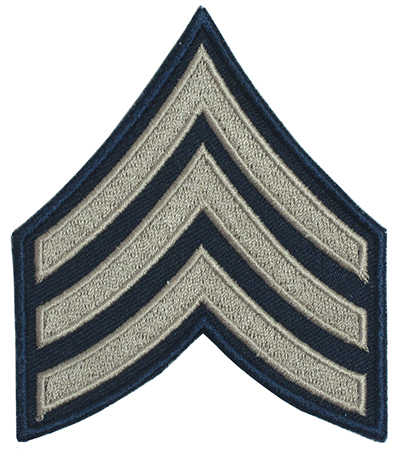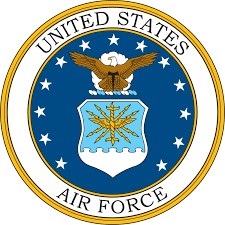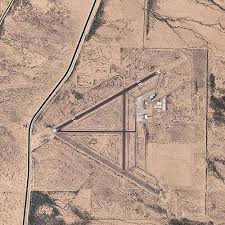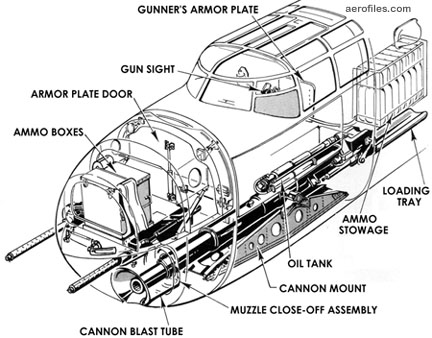Rank and Name in, Sergeant Alton L. Querry.
Unit/Placed in, 4th Tactical Reconnaissance Squadron, United States Army Air Forces.
Alton was born approx. in 1918 in Missouri.
Father, Frank Querry.
Mother, Jessie Effie (Coffeen) Querry.
Sisters, Dorothy Maxine, Betty and Betty F. Querry.
Brothers, Clyde Eithel and Claude Cecil Querry.
Alton entered the service from Missouri with service number # 37499551.
Alton L. Querry was a Radio Operator in the 4th Tactical Reconnaissance Squadron.
Alton’s crewmembers and their position onboard the plane aB-25 were,
1st Lt. George M. Reis Pilot
2nd Lt. John R. Holmes Co Pilot/Navigator
Sgt. Alton L. Querry Radio Operator/Gunner
Cpl. William Battersby Waist Gunner
Cpl. George S. Kelner Tail Gunner
Alton died when the B-25 crashed of shore Pigeon Point, B(ritish) W(est) I(ndies), on Feb, 22, 1945, he is honored with a Good Conduct Medal, American Campaign Medal, Army Presidential Unit Citation, WW II Victory Medal.
Alton is buried at East Coast Memorial, Manhattan, New York County (Manhattan), New York, USA.
Tablets of the missing.
He has a Memorial Grave at Richland Cemetery, Linn County, Kansas, USA.
Thanks to Wikipedia https://en.wikipedia.org/wiki/4th_Tactical_Reconnaissance_Squadron
https://www.familysearch.org/tree/person/details/LVXH-FHK
Jean Louis Vijgen, ww2-Pacific.com ww2-europe.com
Air Force Info, Rolland Swank.
ABMC Website, https://abmc.gov
Marines Info, https://missingmarines.com/ Geoffrey Roecker
Seabees History Bob Smith https://seabeehf.org/
Navy Info, http://navylog.navymemorial.org
POW Info, http://www.mansell.com Dwight Rider and Wes injerd.
Philippine Info, http://www.philippine-scouts.org/ Robert Capistrano
Navy Seal Memorial, http://www.navysealmemorials.com
Family Info, https://www.familysearch.org
Info, https://www.pacificwrecks.com/
Medals Info, https://www.honorstates.org
Medals Forum, https://www.usmilitariaforum.com/
Find a Grave, https://www.findagrave.com
Tank Destroyers, http://www.bensavelkoul.nl/
WordPress en/of Wooncommerce oplossingen, https://www.siteklusjes.nl/
Military Recovery, https://www.dpaa.mil/
History
Initially planned to serve as the main observation unit for the 13th Composite Wing, the unit in fact led something of a nomadic existence, being successively attached or assigned to the Puerto Rican Department, the 72d Observation Group; to the Antilles Air Task Force from 23 March 1943 until 1 June 1943 and, finally, to the Antilles Air Command itself from 1 June 1943 until the end of the war. In fact, this Squadron was the only Squadron to both start and finish the war in the Antilles throughout.[1]
The Squadron was initially stationed at Ponce Field, Puerto Rico when activated. The unit itself had been formed from cadre drawn from Air Corps units already in Puerto Rico. By 5 June 1943, the Squadron strength had increased to 12 aircraft. By the end of the month, one of the O-52’s had been sent on detached service to Haiti, for reasons unreported, but apparently in Connection with the attempt that poor nation was making in establishing a primitive coastal patrol of its territorial waters at the time. In early July 1943, the Squadron received the first three of a number of Bell P-39Q Airacobra fighters that it was to operate until the end of the war.
On 27 October 1943, the Squadron moved emmasse to Borinquen Field, as Losey Field was turned over to the Army Ground Forces due to its rather poorly situated runways. At this time, and since the Squadron’s assignment to Antilles Air Command on 1 June, the unit became one of the primary tactical operating units in the area. Fortunately, AAC recognized the new importance of the unit, and lobbied for equipment more capable than previously assigned.
The following month, reflecting the changing war situation, the Squadron also received a North American B-25D Mitchell and four new B-25G’s, and in February 1943 added three more P-39Q’s (for a total of nine), three new P-39N’s and Douglas B-18B Bolo.
The Squadron was occasionally tasked to perform flights throughout the Caribbean and, on one occasion, when the new airport was dedicated at Ciudad Trujillo in the Dominican Republic, every available P-39 was sent over (with belly tanks) where they put on a very lengthy aerial display for the locals.
By 10 March 1944, unit strength had been, considerably depleted, and the on-hand aircraft census consisted of three B¬25D’s and B-25G’s, a B-18 and a B-18C, three P-39N’s and three P-39Q’s. In October 1944, the Squadron received additional B-25D’s.
Aside from frequent detachments of aircraft throughout the entire Caribbean basin during most of the war on an “as needed” basis, the unit itself did not move as a whole again until 21 May 1945 when it was reassigned from Borinquen to Coolidge Field on Antigua where the unit also welcomed with six new Lockheed F-5G Lightnings in June.
It remained active after the war, being assigned to several other bases in Puerto Rico and Panama until inactivated in 1949 due to budget reductions.
Thanks to Military Fandom.
